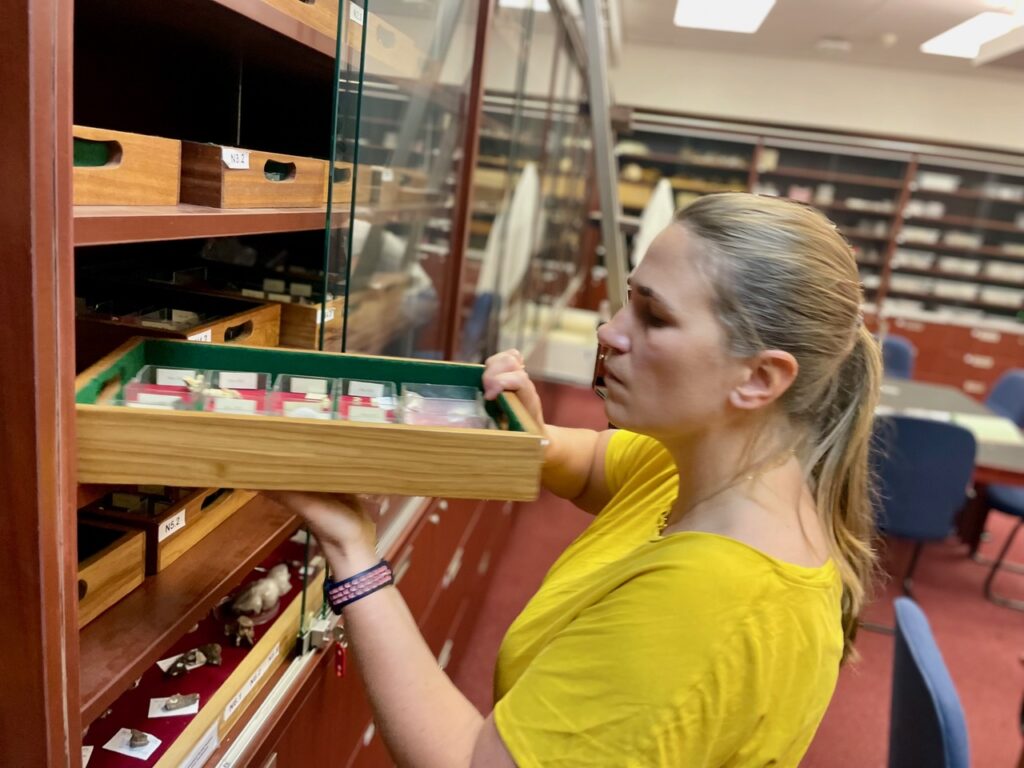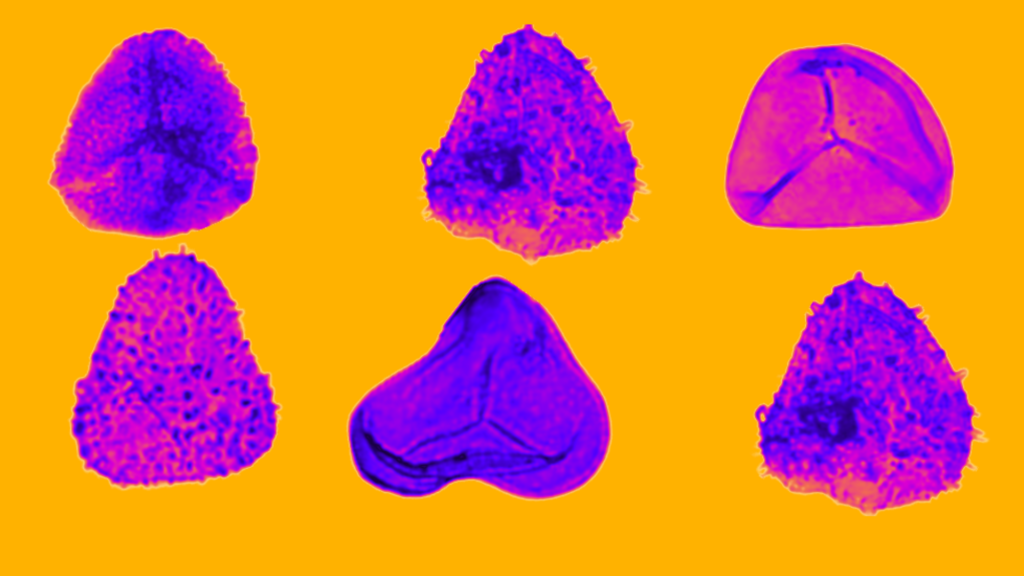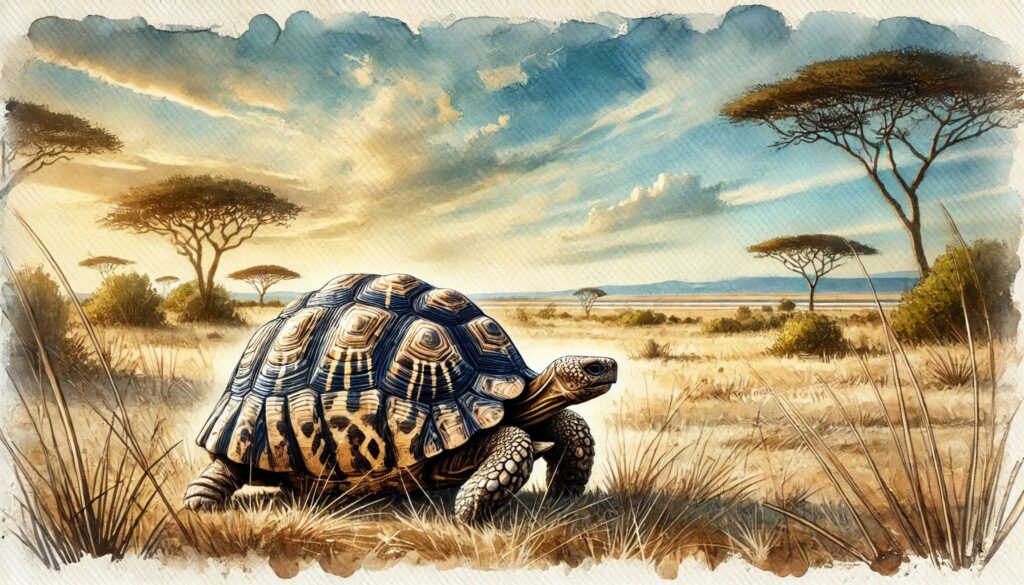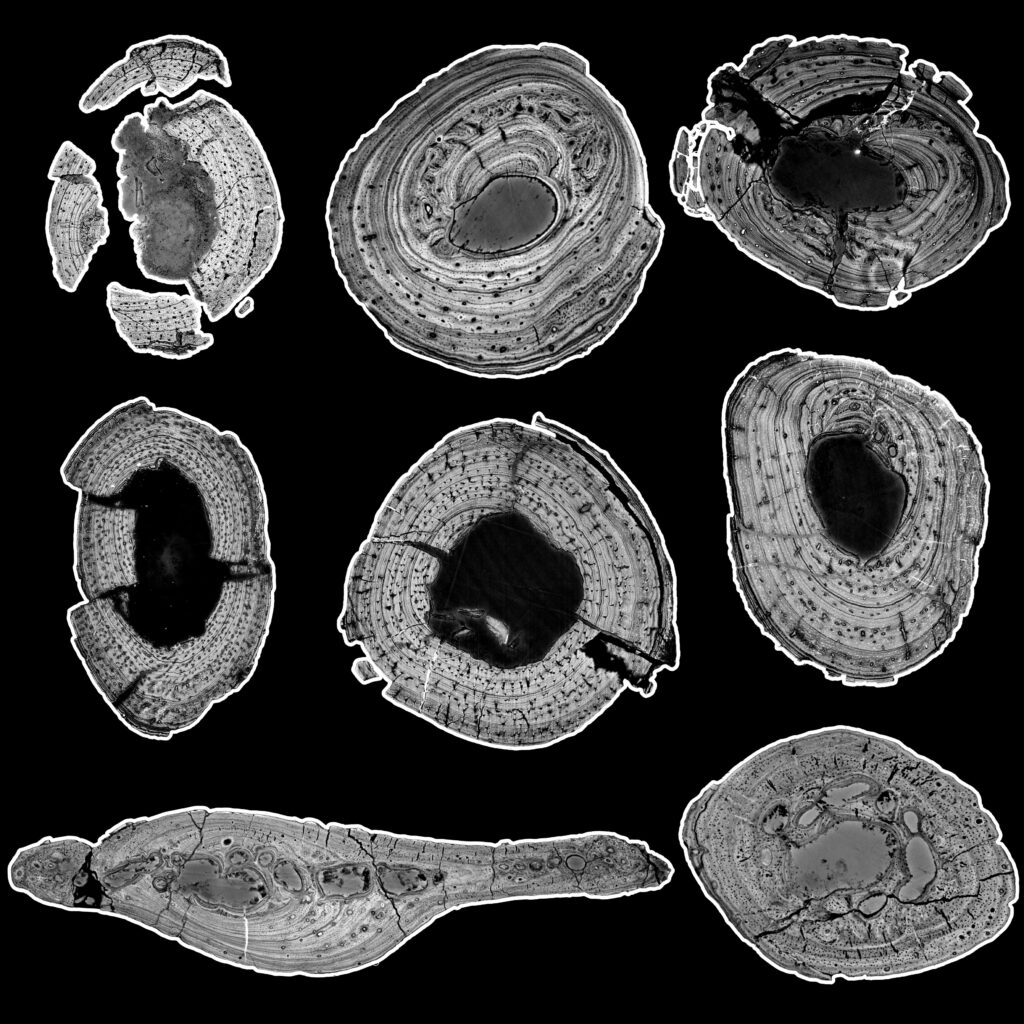Bones tell of a dinosaur’s famine or feast lifestyle
The large fossil collection of Massospondylus carinatus, that cover the entire life span of this dinosaur, has enabled researchers to plot the growth rate of this herbivore by analysing growth lines on its thigh bones.
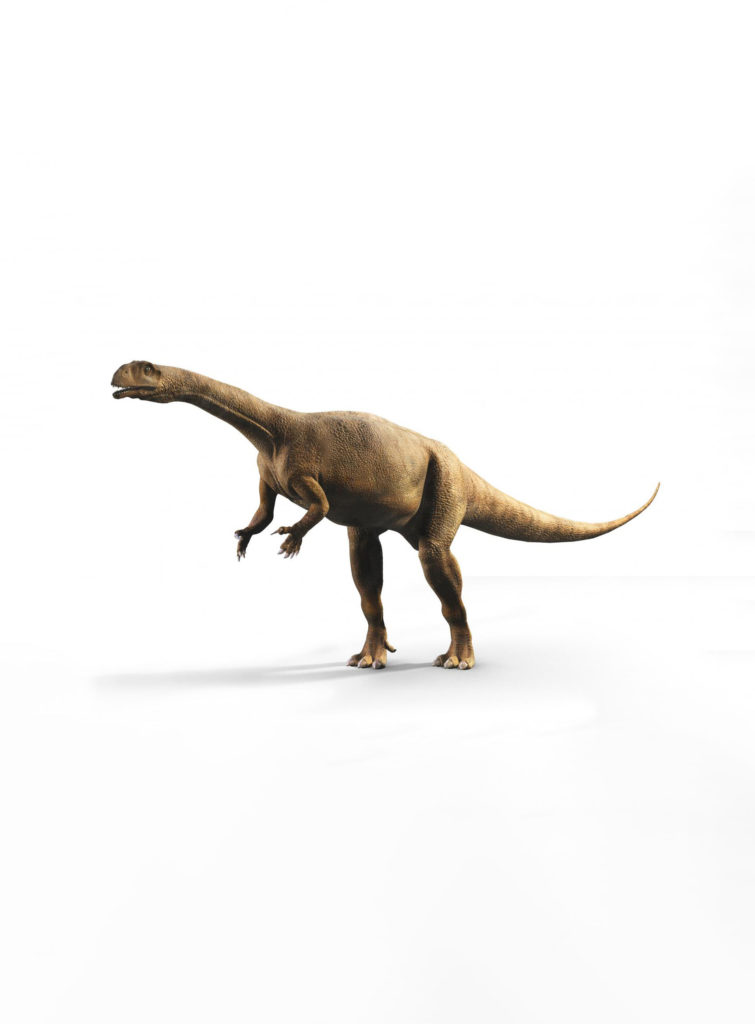
Small bites
- Massospondylus were herbivores that lived in the Early Jurassic, around 200 million years ago.
- By counting growth lines on Massospondylus fossilised thigh bones, scientists could measure how they grew in size.
- Their wild fluctuations in size are thought to have been a strategy to survive one of the worst extinction events.
Massospondylus’s weight yo yoed from season to season
Massospondylus carinatus were the impalas of their day, they were so numerous and left so many fossils behind that scientists have been able to work out how they grew. In a study that appeared in the Royal Society journal Biology Letters, researchers were able to show that the environment often had an impact on how much these half-ton dinosaurs fattened out in season. To work this out Dr Kimberley Chapelle, a postdoctoral fellow at the American Museum of Natural History in New York City used a microscope to count growth lines on Massospondylus fossilised thigh bones. What she found was that growth varied season to season, similar to what is seen with tree rings. “These things were just all over the show,” said Chapelle, “one year they might gain 100 kg of body weight and the next year they’d only grow by 10kg!”
Massospondylus were herbivores that lived in the Early Jurassic, around 200 million years ago. Chapelle and her colleagues suspect that when times were good, with a lot of food and rain, Massospondylus would pack on weight, almost doubling in size. In a bad year, they might hardly grow at all. This could have been a survival strategy that helped these dinosaurs cope with the harsh conditions that followed a mass extinction event at the end of the Triassic, 200 million years ago. The extinction is believed to have wiped out 50% of all species. “Massospondylus was one of the first Southern African dinosaurs named back in 1854 and we are still learning so much from it. It teaches us so much about our past environments and what southern Africa was like 200 million years ago” said Chapelle.
What made this study possible is the large number of Massospondylus fossils that have been found. “This study shows the power of big sample sizes,” said Jonah Choiniere, Professor at Wits University and co-author of the study, “when we can study a dinosaur from embryo to adult, like Massospondylus, we can begin to understand them as living animals.”

Links to the radio interview
